Lindisfarne Priory
Religious Place In Holy Island, Northumberland
A ruined Priory on the Holy Island of Lindisfarne, widely considered to be the birthplace of Christianity in England.
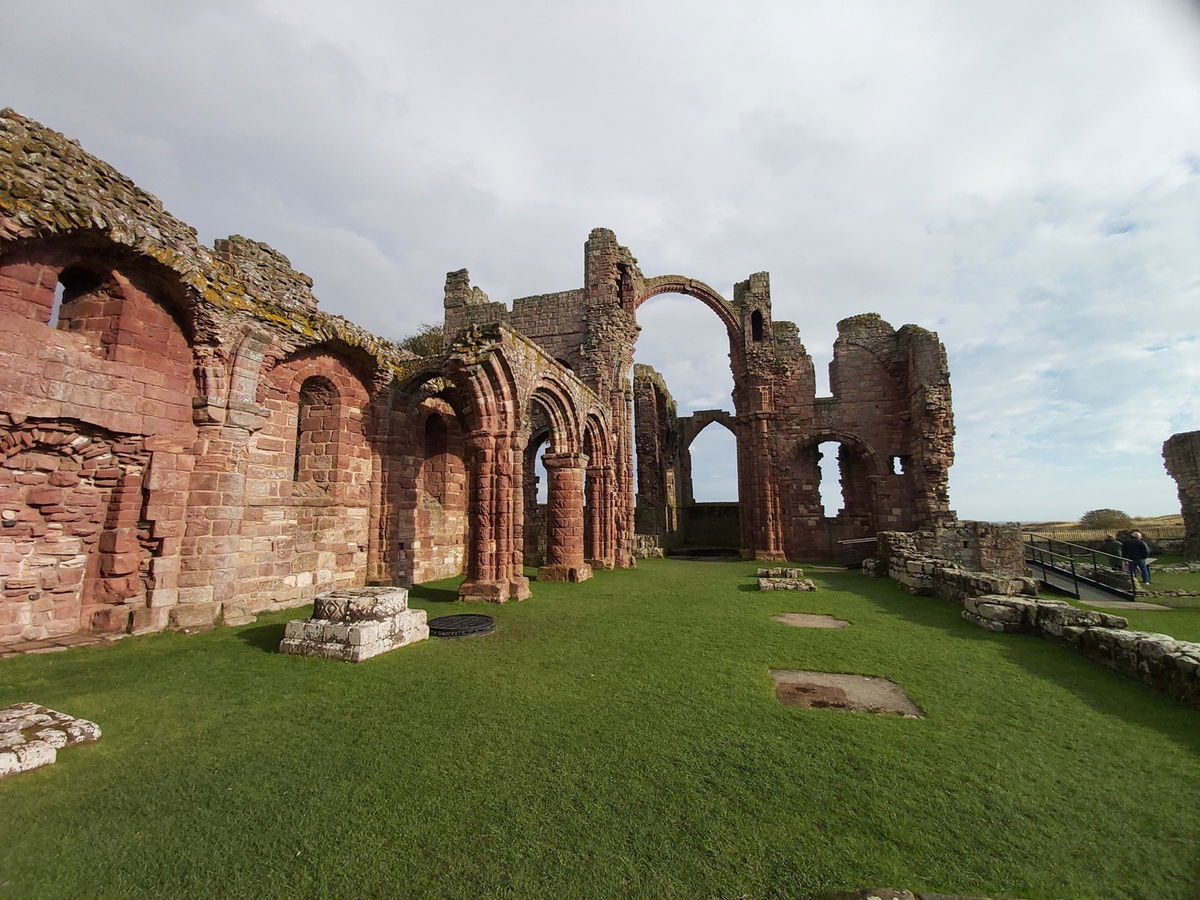
This magnificent monastery of Lindisfarne on Holy Island was founded by an Irish monk called Saint Aidan, around 634. King Oswald (aka King Oswald of Northumbria) requested a monk and Aidan was sent from Iona, a small island off the west coast of Scotland. Founded before the end of 634, Aidan then remained there until his death in 651.

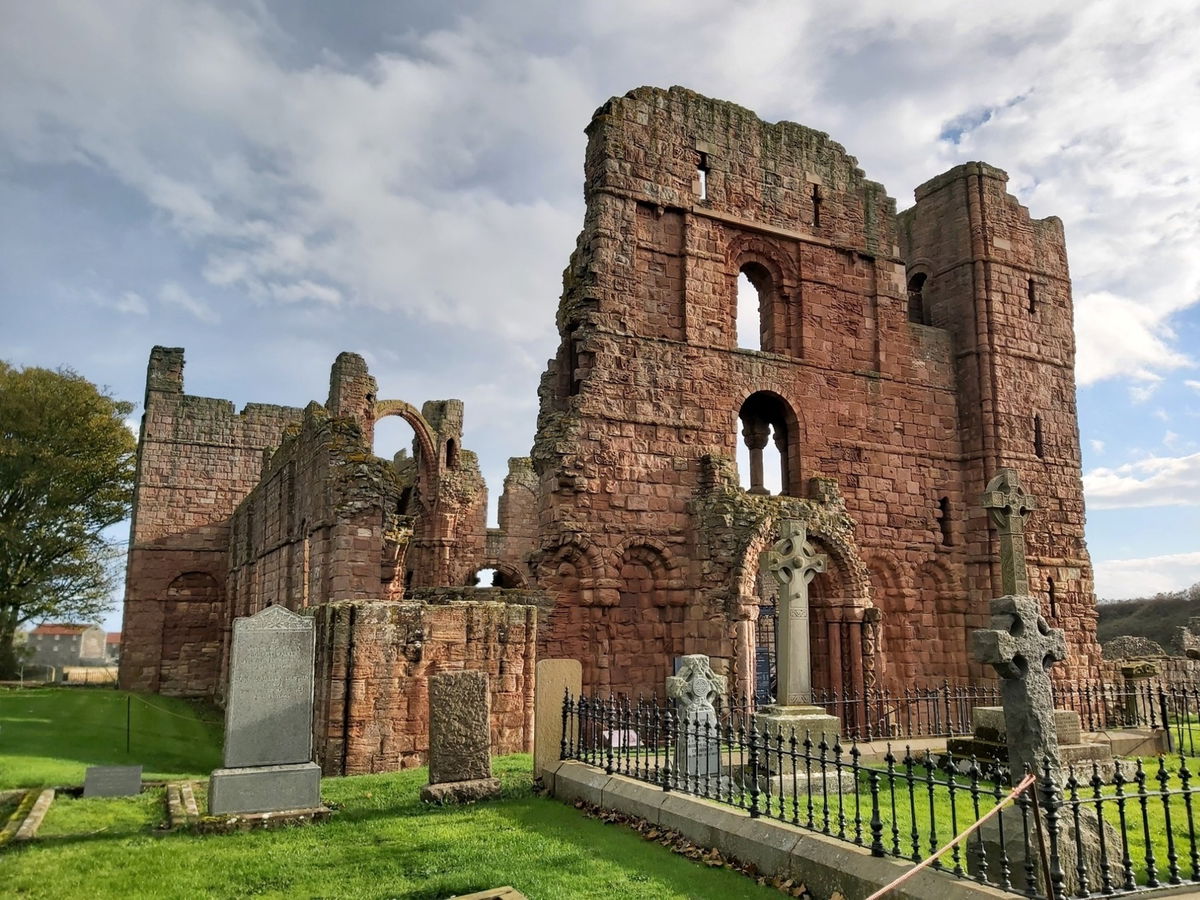
The priory remained the only seat of a bishopric in Northumbria for nearly thirty years. Finian (bishop 651-661) built a timber church "suitable for a bishop's seat".
St Bede, however, was critical of the fact that the church was not built of stone but only of hewn oak thatched with reeds. Quite a bit different to the scale of the ruins we see today!



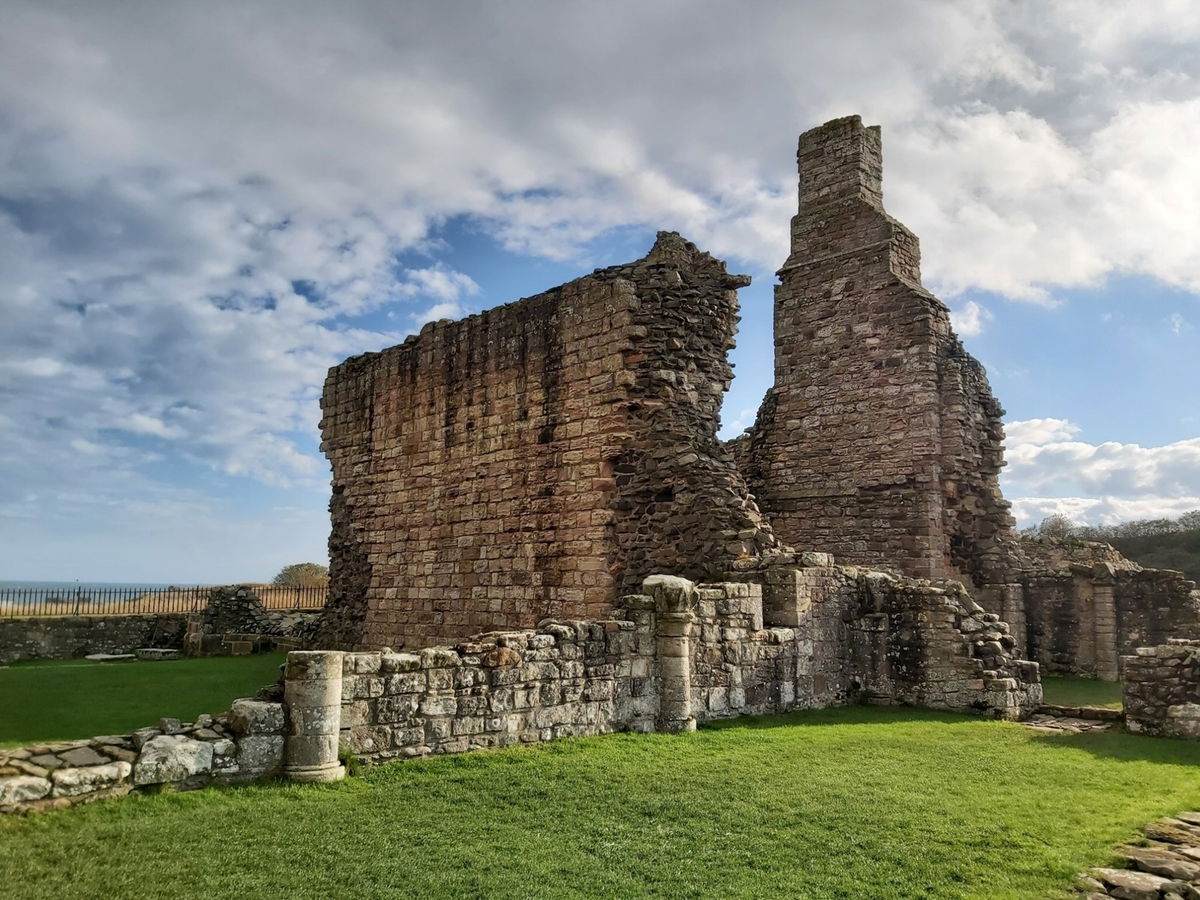
Lindisfarne became the base for Christian evangelism in the North of England, and also sent a successful mission to Mercia. Monks from the Irish community of Iona settled on the island. Northumbria's patron saint, Saint Cuthbert, was a monk and later abbot of the monastery, and his miracles and life are recorded by the Venerable Bede.
Cuthbert later became Bishop of Lindisfarne. An anonymous life of Cuthbert written at Lindisfarne is the oldest extant piece of English historical writing. From its reference to "Aldfrith, who now reigns peacefully", it is considered to date to between 685 and 704.
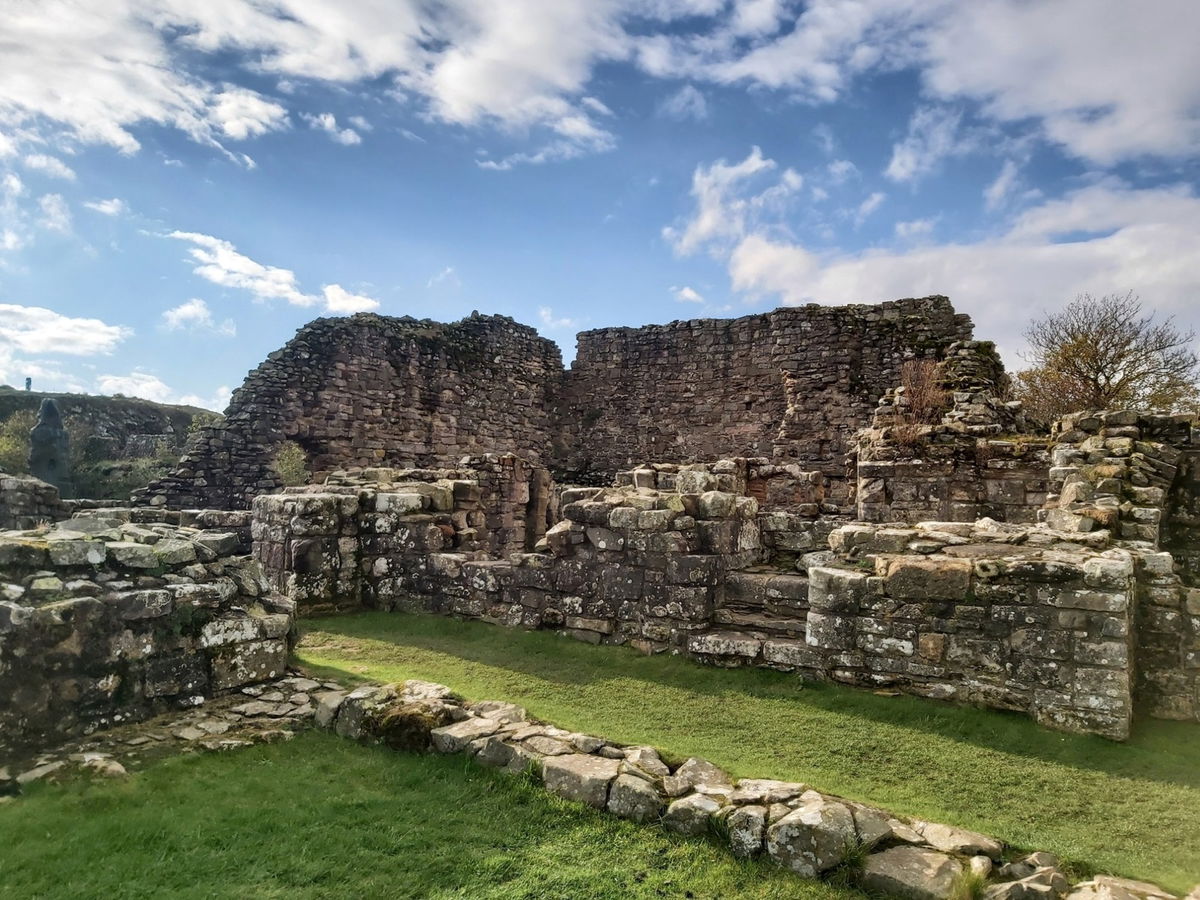



Cuthbert was buried here, his remains later translated to Durham Cathedral (along with the relics of Saint Eadfrith of Lindisfarne). Eadberht of Lindisfarne, the next bishop (and later saint), was buried in the place from which Cuthbert's body was exhumed earlier the same year, when the priory was abandoned in the late 9th century.
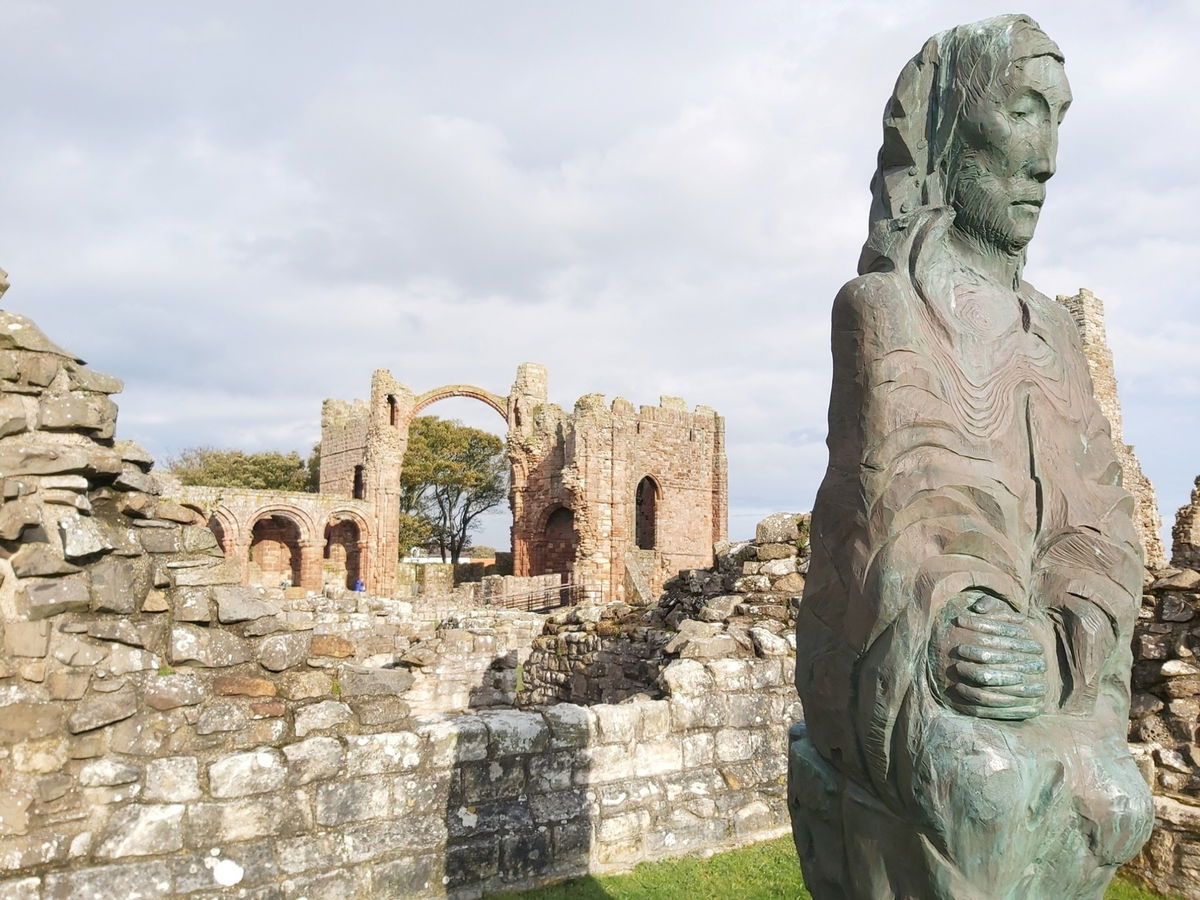


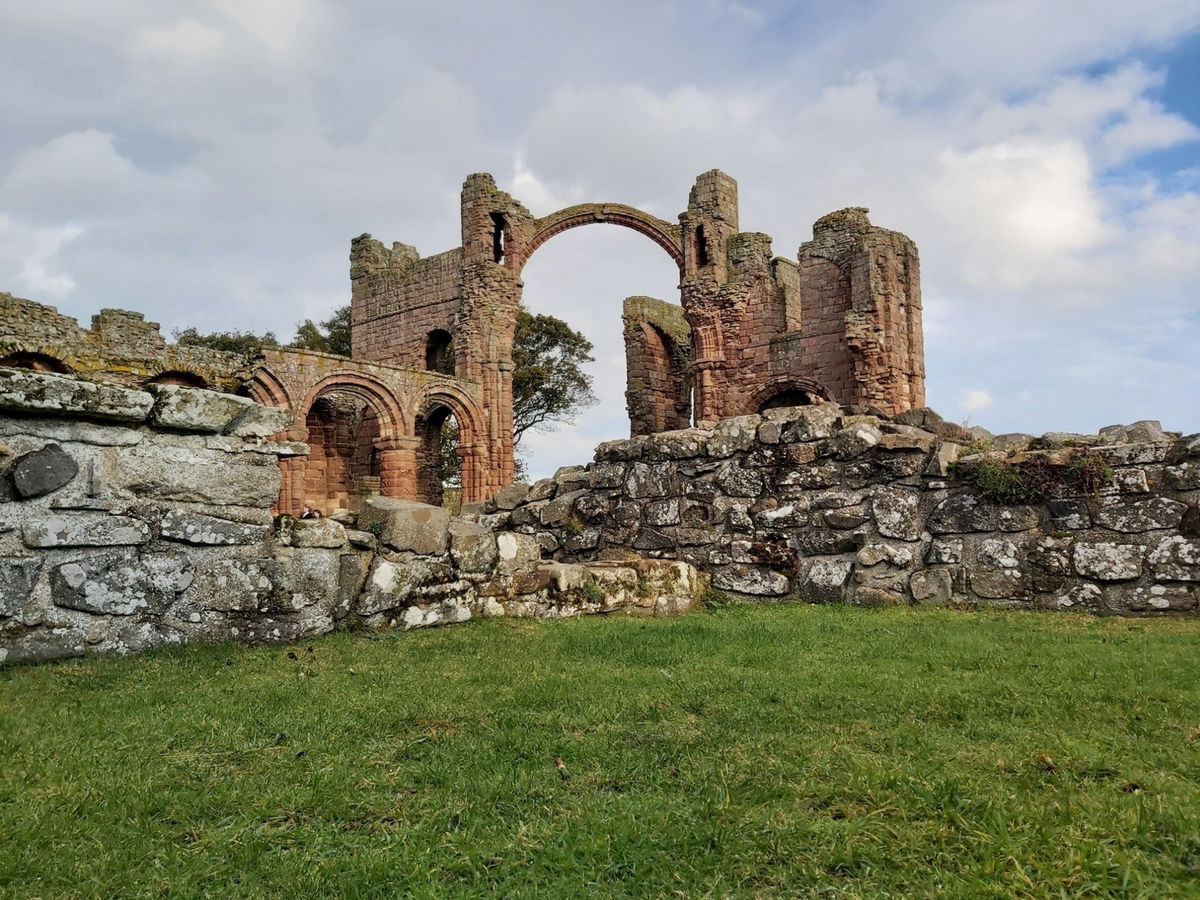
At some point in the early 8th century, the now-famous illuminated manuscript known as the Lindisfarne Gospels, an illustrated Latin copy of the Gospels of Matthew, Mark, Luke and John was made, probably at Lindisfarne.
The artist was possibly Eadfrith, who later became Bishop of Lindisfarne. It is also speculated that a team of illuminators and calligraphers (monks of Lindisfarne Priory) worked on the text, but if so, their identities are unknown.
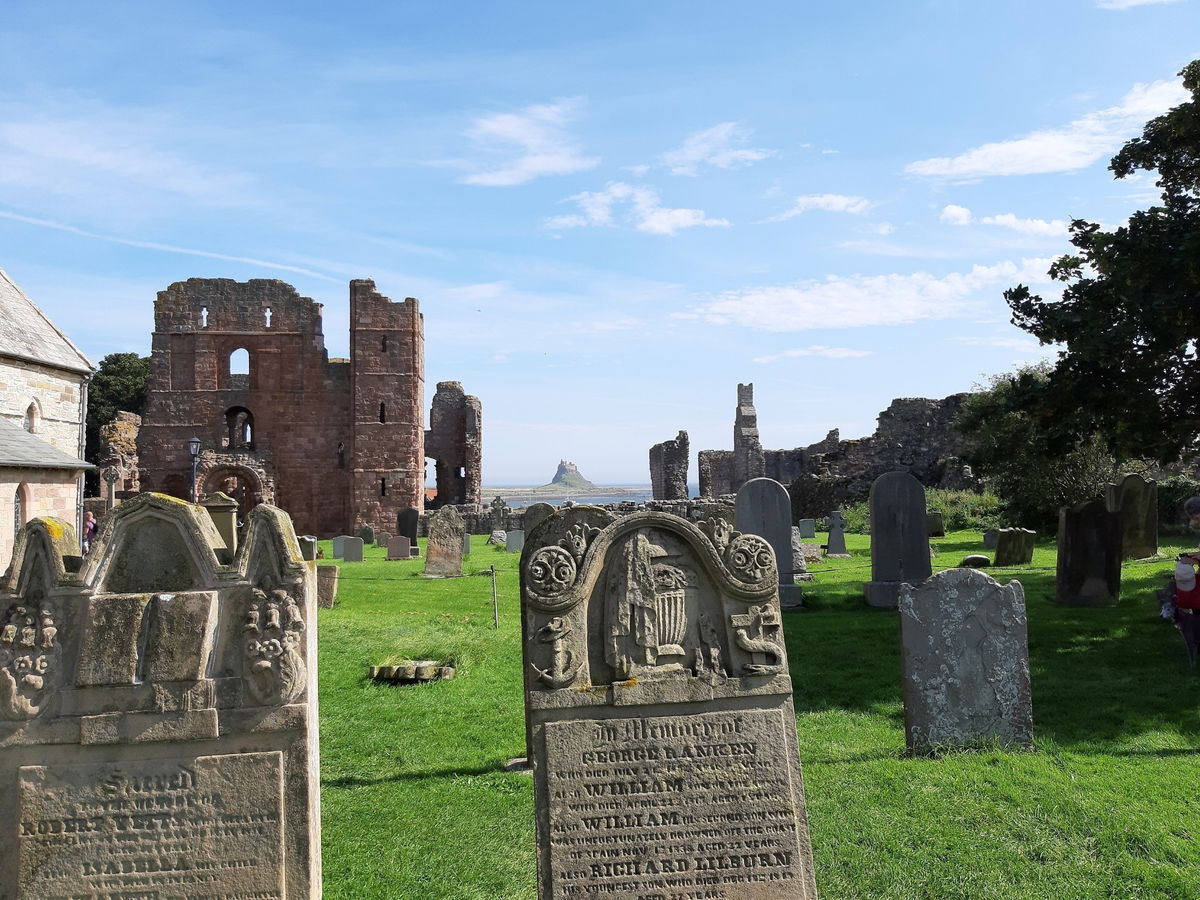
Some time in the second half of the 10th century, a monk named Aldred added an Anglo-Saxon (Old English) gloss to the Latin text, producing the earliest surviving Old English copies of the Gospels. Aldred attributed the original to Eadfrith (bishop 698-721). The Gospels were written with a good hand, but it is the illustrations, done in an insular style containing a fusion of Celtic, Germanic and Roman elements, that are considered to be of the most value. According to Aldred, Eadfrith's successor Æthelwald was responsible for pressing and binding the book, before it was covered with a fine metal case made by a hermit known as Billfrith. The Lindisfarne Gospels now reside in the British Library in London, a location which has caused some controversy amongst some Northumbrians.
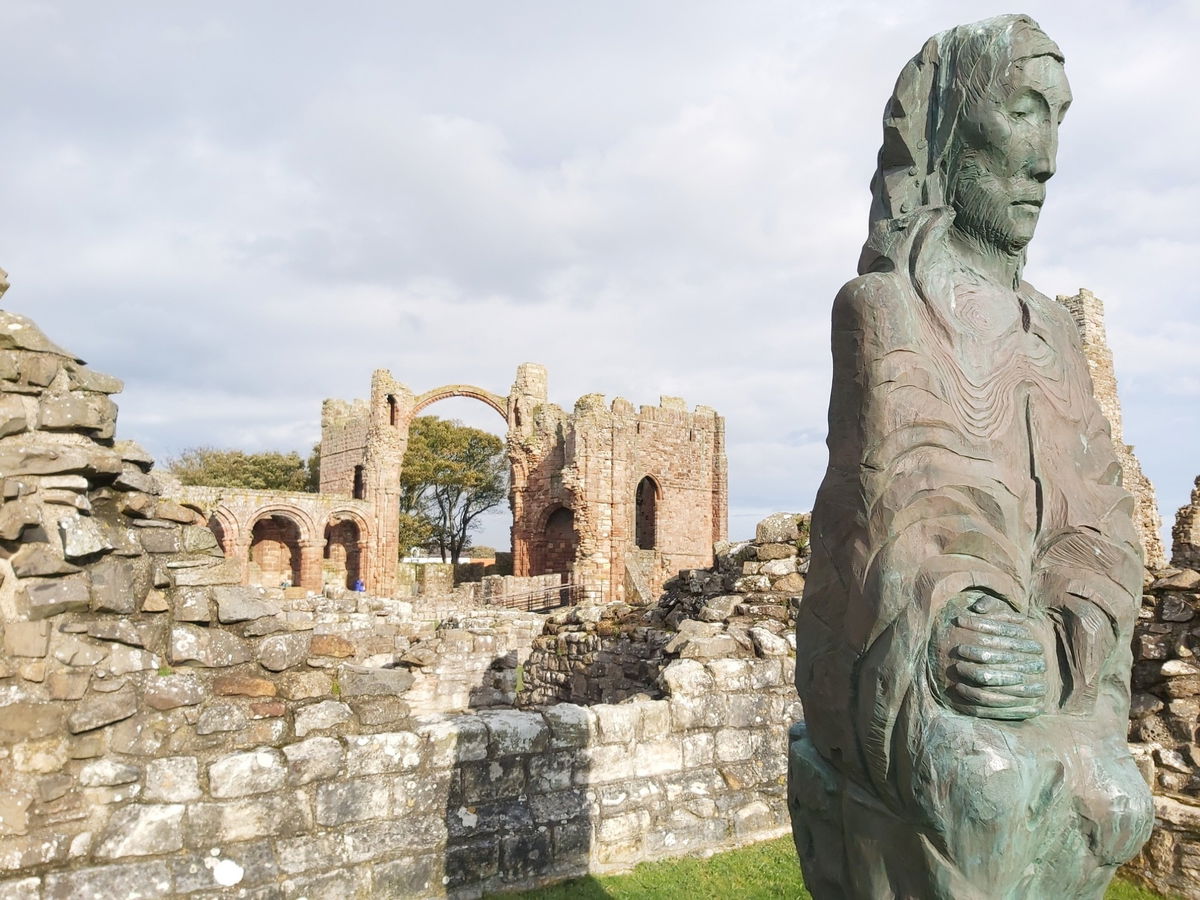
In 793, a Viking raid on Lindisfarne caused much consternation throughout the Christian west, and is now often taken as the beginning of the Viking Age. There had been some other Viking raids, but according to English Heritage this one was particularly significant, because "it attacked the sacred heart of the Northumbrian kingdom, desecrating 'the very place where the Christian religion began in our nation”. During the attack many of the monks were killed, or captured and enslaved. From the end of the 8th Century, the island was easy prey for Viking raiders and in 875 the monks left, carrying Cuthbert's remains. Only after Cuthbert was finally laid to rest in Durham Cathedral in 1104 did the monks return to Lindisfarne to re-establish the Priory, the ruins of which, including the famous “Rainbow Arch”, still stand today.
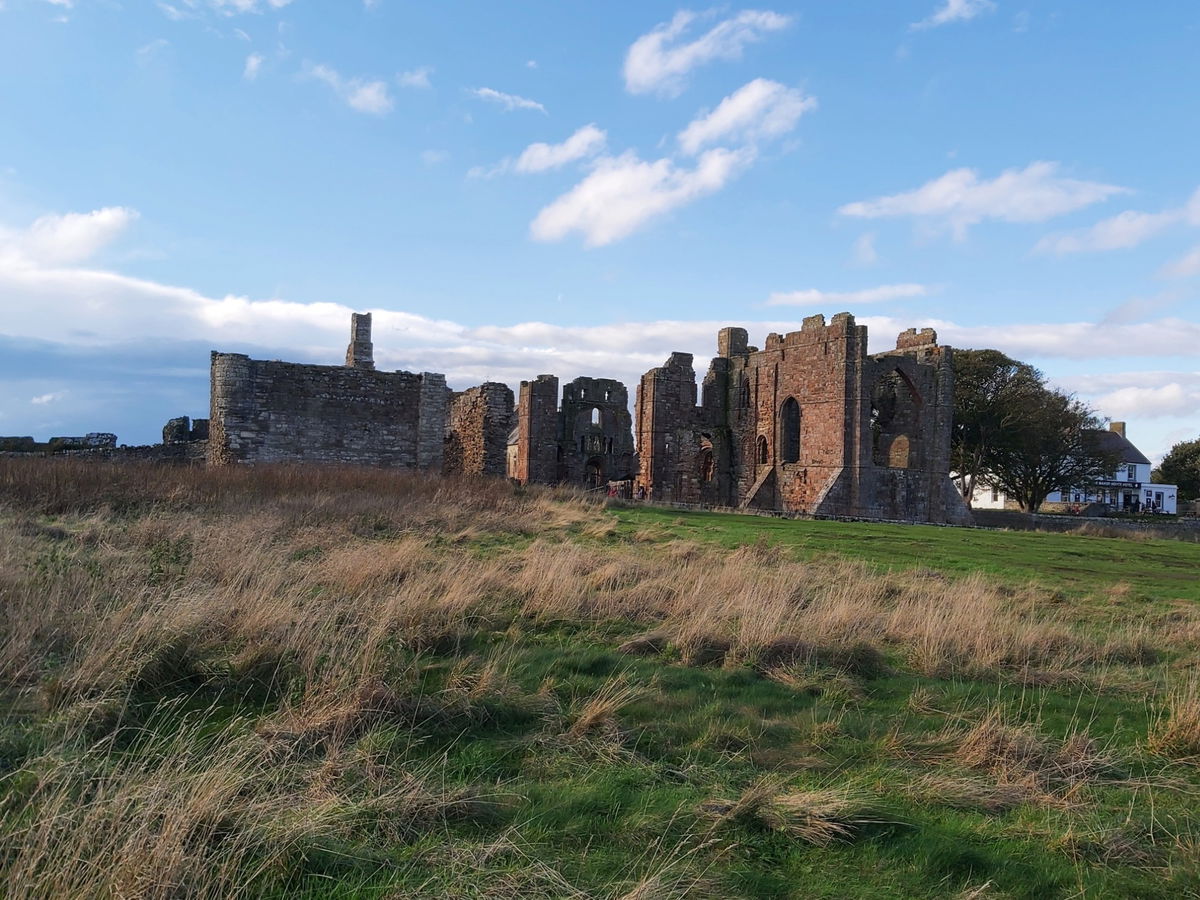
The Benedictine monastery continued until its suppression in 1536 under Henry VIII, after which the buildings surrounding the church were used as a naval storehouse. In 1613 ownership of the island (and other land in the area formerly pertaining to Durham Priory) was transferred to the Crown. The Lindisfarne Priory (ruin) is a grade I listed building, other parts of the priory are a Scheduled ancient monument and it is owned and looked after by English Heritage.
Get 3 points if you have visited this place. Already visited by 217 VIPs.
Login to the VIP area to add places to your bucket list, mark them as visited and more importantly see where you rank on the league table.
How To Find Lindisfarne Priory
Where Is Lindisfarne Priory?
Lat / Long
55.669133, -1.800971
What three words
Where To Park For Lindisfarne Priory?
Lat / Long
55.675143, 55.675143
What three words
Parking is available at Chare Ends on Holy Island a short walk away
Contributed by Andrew Gardner
I love being outdoors, in nature, and experiencing the relaxation it brings. Wandering through the northern countryside seeing unexpected buildings, historic places and occasionally surprised wildlife is one of life's great pleasures.
More Places from Andrew
More Places In Holy Island
Find more fabulous places in Holy Island, Northumberland and if you know of a place we haven't listed, then let us know.

Emmanuel Head Daymark
Lighthouse Holy Island NorthumberlandA white pyramid daymark on the north east Emmanuel Head of Holy Island.

The Snook
Landscape Holy Island NorthumberlandThe peninsula part of Holy Island, made up of dunes, salt marshes, Snook House and Snook Tower
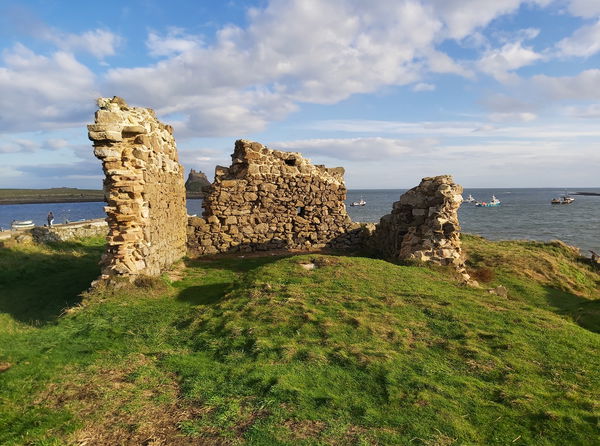
Osborne's Fort
Tower Holy Island NorthumberlandA ruined fort tower on the opposite side of the harbour to Lindisfarne Castle on Holy Island.
More Religious Places
So this religious place wasn't enough and you want more? Don't worry we have you covered.
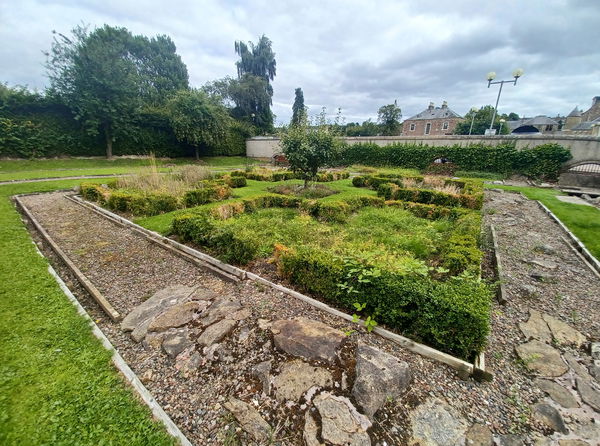
Greyfriars Garden
Religious Place Jedburgh BordersRemains of a 15th century friary in the heart of Jedburgh.
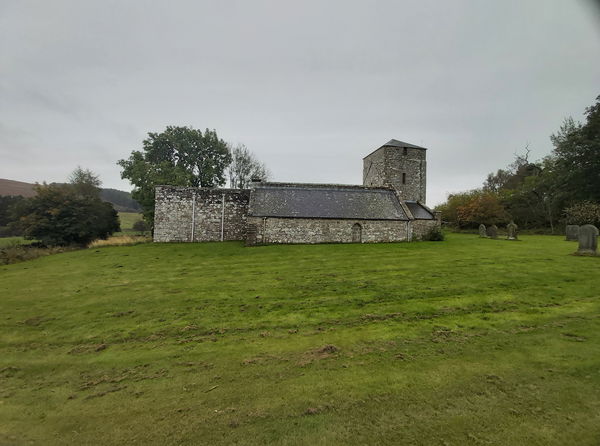
St John The Baptist Church Edlingham
Religious Place Edlingham NorthumberlandA small saxon church built on the site of an old 8th century church near Edlingham Castle.
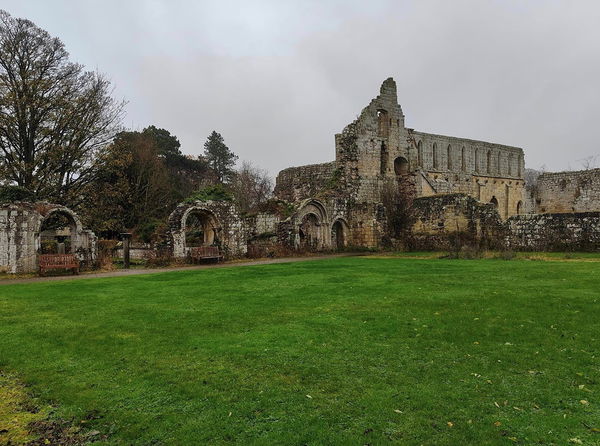
Jervaulx Abbey
Religious Place Ripon North YorkshireA beautiful ruined abbey on the estate of Jervaulx Hall was the original home of Wensleydale cheese.
Never Miss A Fabulous Place
If you are afraid of missing out on all the fabulous places we post, or just want to be the first to know, then sign up to the Fabulous North.
Each week we will email you all the brand new places that we visit.
Sign Up To AlertsFind Us On Facebook
We post all our new places daily on our Facebook Groups page, so join the group today and be notified when we add a new place.
Join Our Facebook Group
